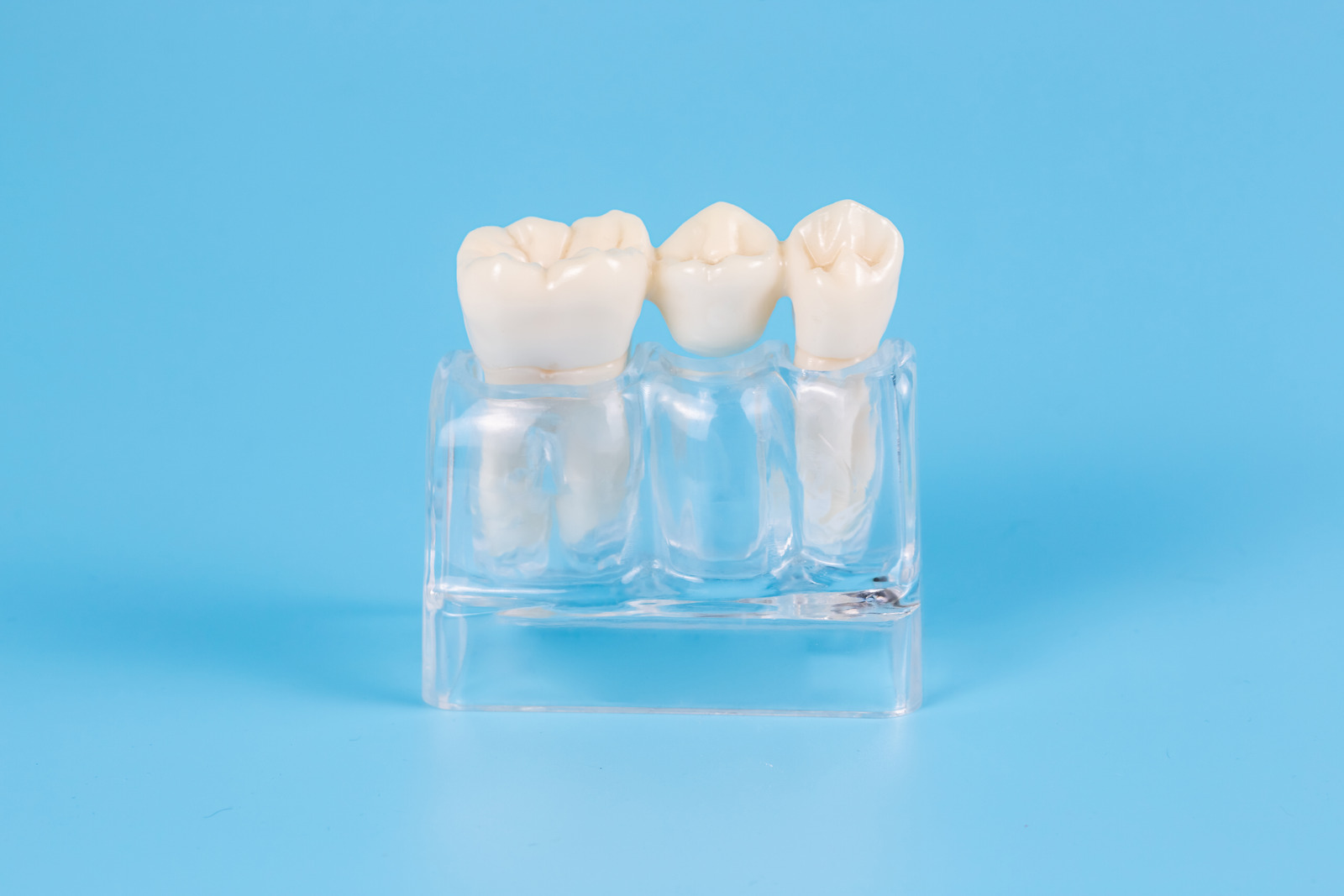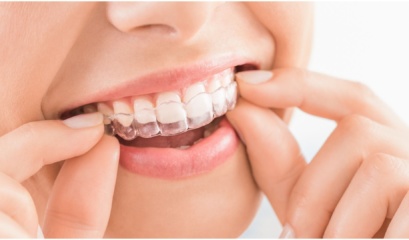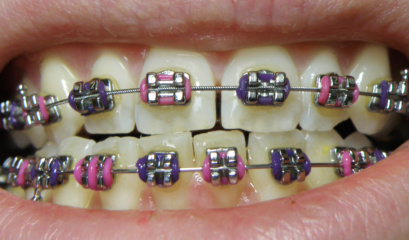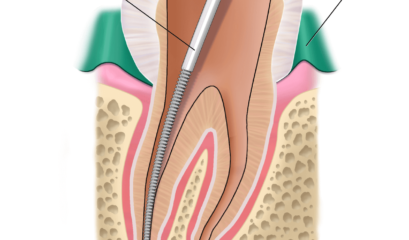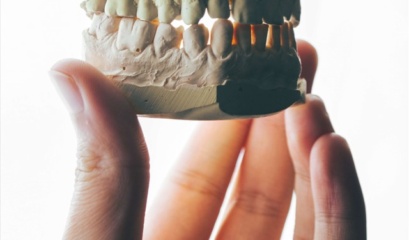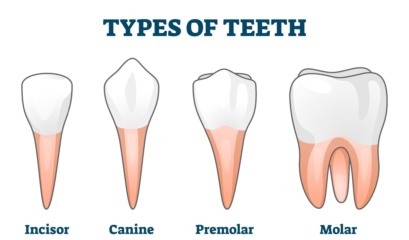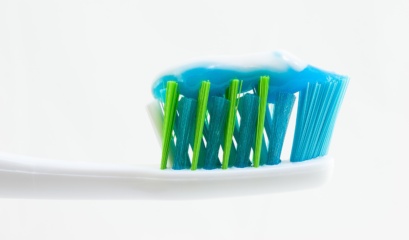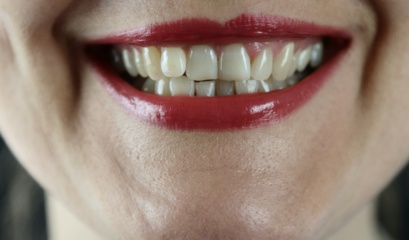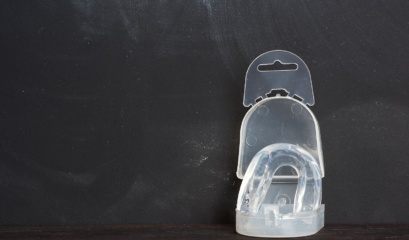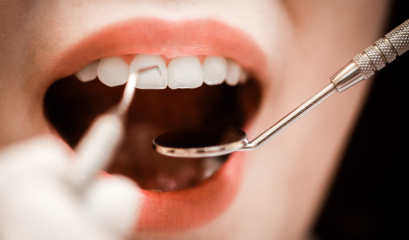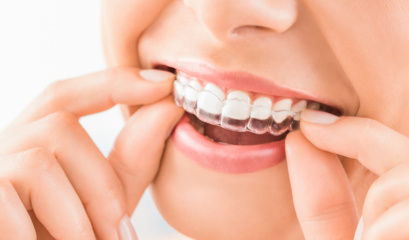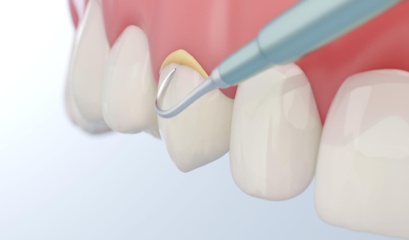In this article, we look at whether a dental bridge or crown might be right for you.
Dental crowns and bridges are some of the best options if you are missing one or more teeth. Prosthetic devices are used in both dental bridges and dental crowns to restore your smile. A crown is used when a tooth is broken or fractured, whereas a tooth bridge is used when one or more teeth are missing.
Now let’s look more closely at which might be right for you!
Types of Dental Bridge for Front Teeth
Losing your front teeth can be tough and is likely to make anyone self-conscious. Dental bridges for front teeth provide a fantastic restorative solution that helps you achieve a great smile again. But know you’re not alone – Australian adults are missing 4.5 teeth on average.
If you are after a dental bridge to replace a tooth in this area, you have a few options because the front teeth are not subjected to as much pressure as the rear teeth.
The following are examples of common front-tooth dental bridges:
Traditional dental bridges
The most common type of dental bridge is called a traditional dental bridge. Traditional bridges are two dental crowns on each side and pontics (prosthetic teeth) in the middle. The prosthetic teeth span the gap between the crowns supported by the teeth on both sides of the gap.
Cantilever bridges
This form of restoration is comparable to that of a traditional bridge. The main difference is that instead of two crowns, there is only one. A natural tooth supports the crown on one side of the area, and the overhanging pontic fills in the gap. Cantilever bridges are not commonly advised. However, they may be the best option for some patients as they can
Preserve natural teeth: Cantilever bridges can be used to replace a missing tooth without the need to grind down adjacent teeth, which may be necessary with other types of bridges.
Quick treatment time: Cantilever bridges can be completed relatively quickly, often in just one or two appointments.
Cost-effective: Cantilever bridges are generally less expensive than other types of bridges or dental implants.
Maryland bonded bridges
Implant-supported bridges
Implant-supported bridges are dental prosthetics that are anchored to dental implants. These bridges are a popular option for individuals who have lost multiple teeth and want to restore their smile and chewing function.
Implant-supported bridges are typically made of two parts: the implants and the bridge itself. The implants are small metal posts that are surgically placed into the jawbone. These implants serve as artificial tooth roots and provide a stable foundation for the bridge.
Dental Crown Procedure
Whether your dentist decides it is best to perform a multi-day or same-day procedure will determine the process. At Knight Street Dentists, fitting a dental crown usually requires two visits.
You will usually need to visit your dentist twice if you choose a standard crown.
1. Taking an Impression
On your initial visit, a dentist will take an impression of your upper and lower teeth to create a permanent record of how they look and fit together while your jaws are closed (known as “occlusion”). A jaw-shaped tray is filled with a soft gel-like material, pressed onto your teeth, and held in position for three to five minutes to create a precise duplicate of your upper and lower teeth.
2. Preparation
After numbing the area with a local anaesthetic, the tooth is sculpted with a drill to make it one to two millimetres smaller. Another impression is obtained after shaping to record the changes to the prepared tooth.
The impressions are submitted to a dental technician, who fabricates the crown according to the dentist or prosthodontist’s instructions.
A temporary crown is applied to the reshaped tooth with temporary cement to safeguard the prepared tooth. Because a temporary crown isn’t as robust as a permanent crown, try to chew on the other side of your mouth and avoid sticky or hard foods.
Removal of temporary crown and attachment of permanent crown
The temporary crown is removed at your second appointment. The new crown is fitted over the altered tooth to ensure that the form and colour match. If they do, dental cement is used to secure the crown to the tooth. Dental cement normally takes less than an hour to set and takes 24 hours to attain full strength.
The crown should feel comfortable and natural in your mouth when it has been fitted. Your dentist or prosthodontist will rely on what you say about how your bite feels when testing your occlusion, so any uncomfortable or odd feelings should be mentioned. Minor changes are frequently required and implemented in order to ensure the comfort of the patient.
Same-day Procedure
If you have a same-day treatment, you will skip the temporary crown entirely.
- The dentist will take a digital photograph of your mouth.
- They will then use the digital scan from the photos to create the crown right in the office. You’ll probably have to wait for the crown for 1 to 2 hours.
- Once the crown is ready, your dentist cements it in place. The procedure takes about 2 to 4 hours to complete.
How Much Does a Dental Bridge Cost
The total cost of your dental bridge by Knight Street Dentists is influenced by various factors, including your specific situation and the type of bridge you’ll require. We’ll go over the four primary models and their respective pricing ranges.
Traditional Dental Bridge
A traditional dental bridge could cost anywhere between $3,000 and $4,500. Another factor is whether the crowns and pontics will be constructed of ceramic or porcelain with metal and the lab’s choice of material.
Cantilever Bridge
The cost of a cantilever bridge will be in the region of $2000 to $2700.
Maryland Bonded Bridge
The price of a Maryland bonded dental bridge varies between $800 to $2,500.
Implant-Supported Bridge
You now need to factor in the cost of the implants, which range from $2-3,000 each (including the abutments) and the bridge, which ranges from $3,000 to $4,500, leading to a total of $5,000 to $7,500.
How Much Does a Dental Crown Cost
The pricing of dental crowns might vary depending on the type of crown you choose. Porcelain crowns, for example, cost more than gold crowns, which cost more than porcelain-fused-to-metal crowns. Dental crowns can cost anywhere between $800 and $1,500 or more per crown. Insurance frequently does not cover the full cost of crowns. Check with your health insurance company to be sure.
How Long Does a Dental Crown Last
The lifespan of a dental crown or bridge can be influenced by a number of different factors, such as the the type of materials used, the location of the crown or bridge in the mouth, and your overall oral hygiene habits. Typically, dental crowns and bridges can last between 10 to 15 years, but with proper care and maintenance, they can last even longer. If you get a dental crown or bridge, you should maintain regular dental hygiene habits such as brushing and flossing daily, and visit your dentist for regular check-ups and cleanings.
Crowns and Bridges in Shepparton
If you believe you need a dental bridge or crown on one or more of your teeth, contact our clinic to explore your alternatives.



